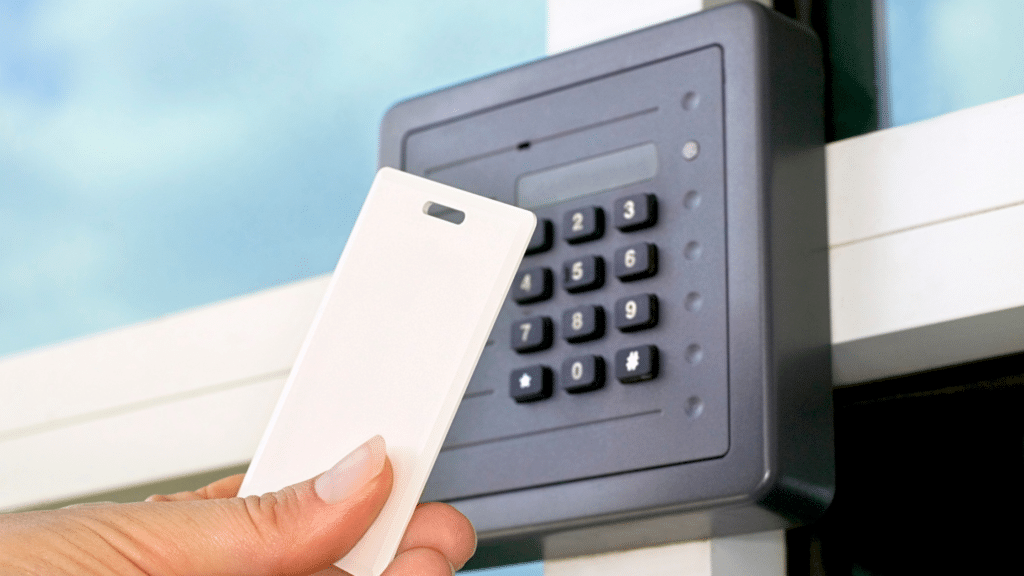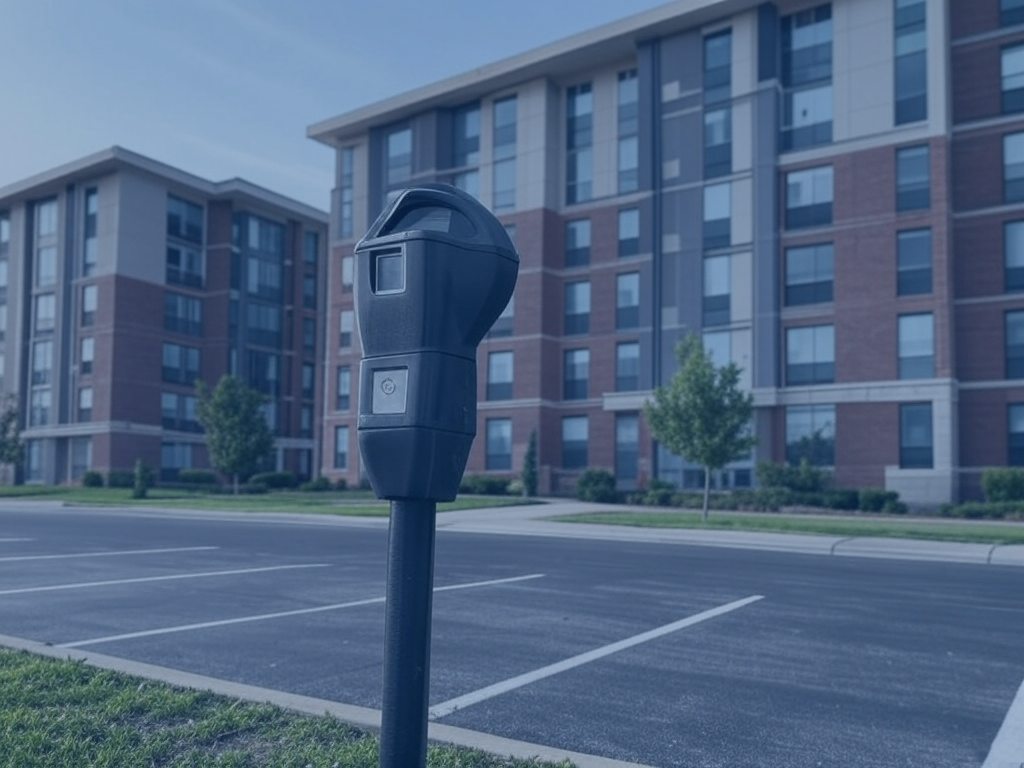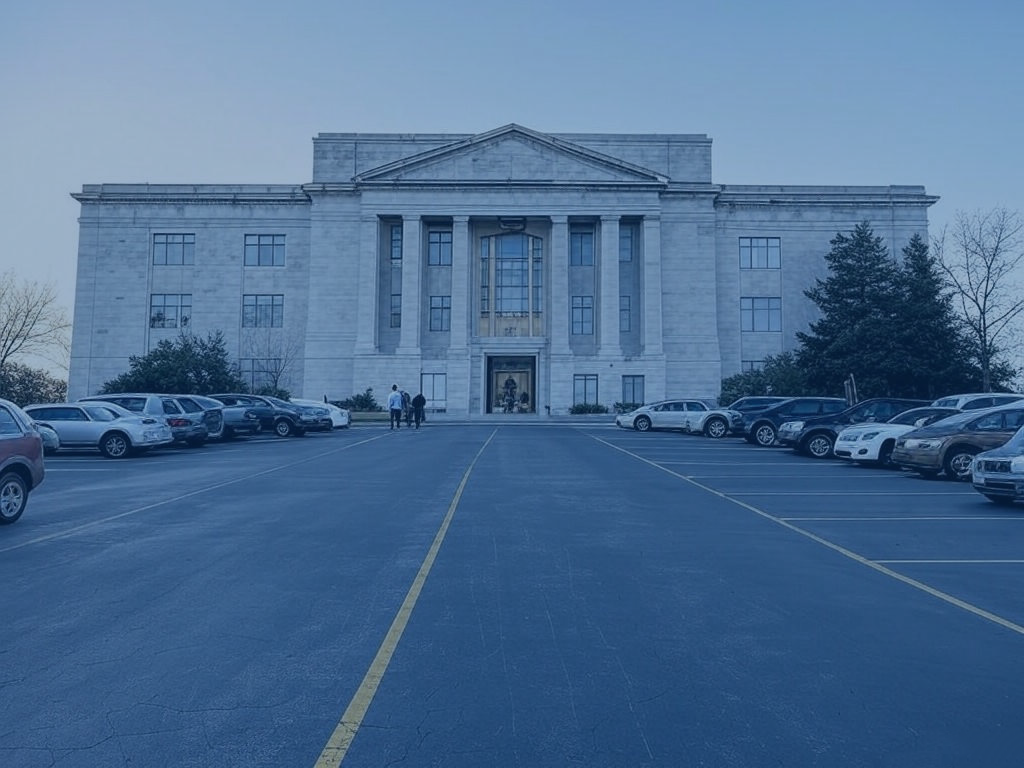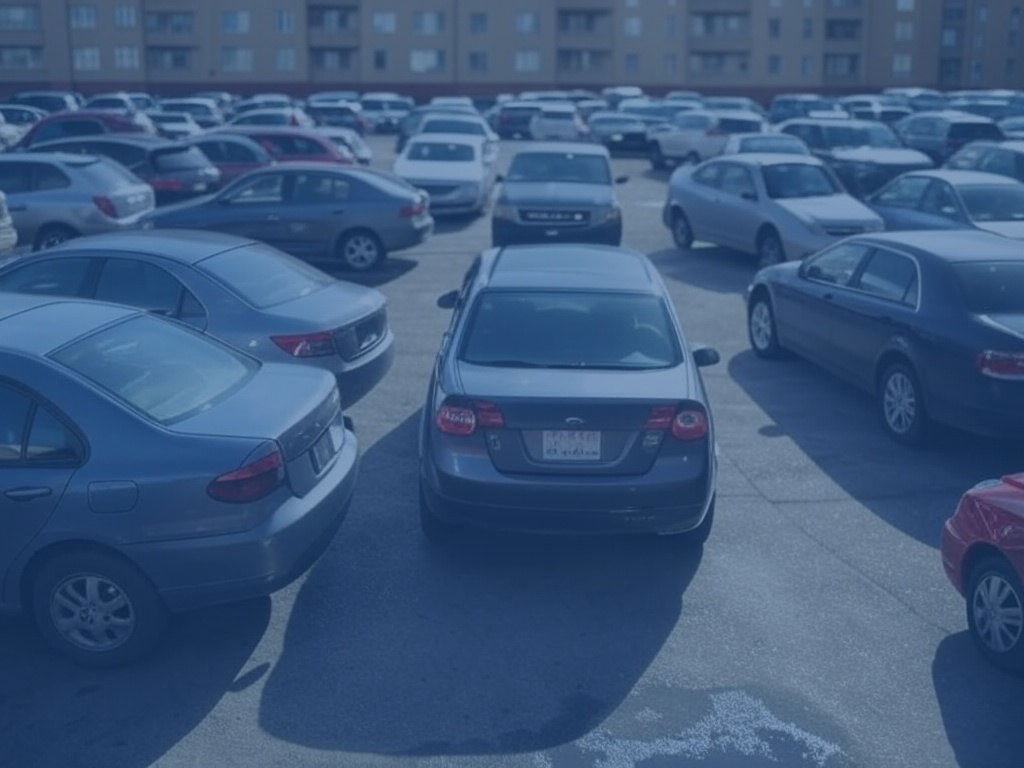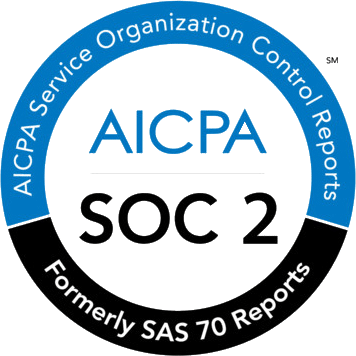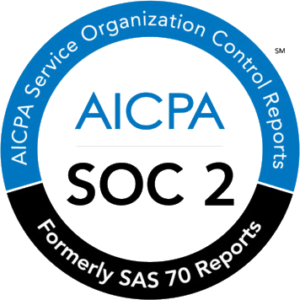Digital transformation has impacted every aspect of our lives over the last 10 years, and access control systems are no different. stand at the threshold of a significant evolution.
Once simple mechanisms, these systems are now evolving into sophisticated networks, incorporating cutting-edge technologies to enhance security and simplify management processes.
Let’s dive into the world of access control, understanding its past, present challenges, and the innovative future lying ahead.
Table of Contents
ToggleA Brief History of Access Control
The concept of controlled access is not new. Dating back to 1881, the first electric gate was a simple yet revolutionary step towards secure access. However, for decades, the underlying technology remained largely unchanged, with widespread adoption in the ’70s marking the beginning of access control as a critical component of modern infrastructure.
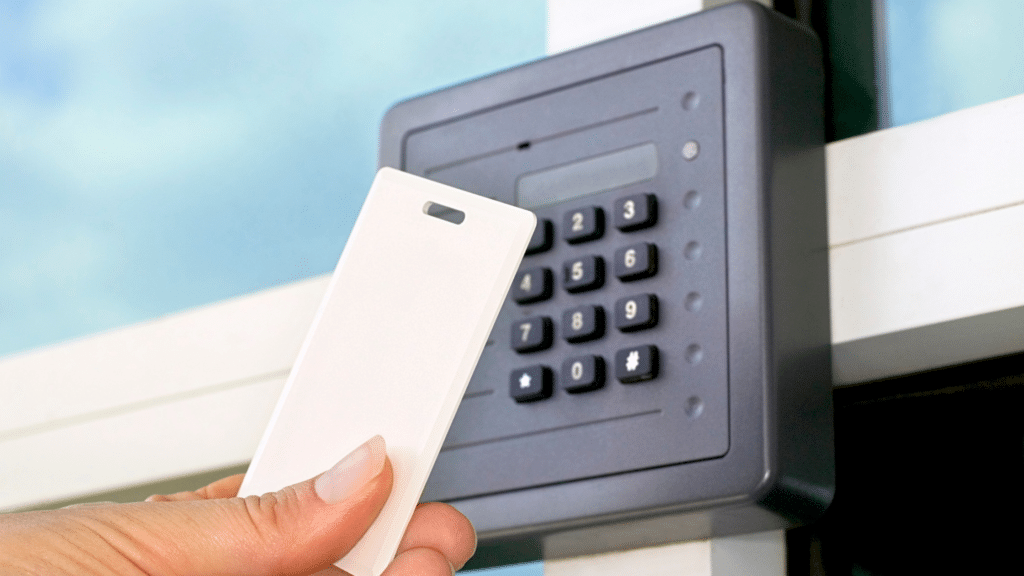
Today’s Challenges in Access Management
Despite their ubiquity, traditional access control systems like keycards and physical barriers are not without their problems. From mechanical failures to operational inefficiencies, these systems often create more chaos than control.
Mechanical issues can lead to significant downtime, frustrating both users and managers. Moreover, the operational challenges of managing large-scale access systems, such as parking lots and enterprise campuses, can be daunting. Systems that rely on badges and fobs face issues of loss, theft, and inefficiencies in space utilization.
Alarmingly, 25% of organizations observed an uptick in physical security incidents last year, underscoring the urgent need for upgraded and more secure access control solutions.
Innovations Transforming Access Control
As the limitations of traditional systems become more apparent, the drive for innovation has led to remarkable technological advancements. Modern access control is increasingly characterized by its move towards more intelligent, seamless systems that emphasize user convenience and operational efficiency:
License Plate Recognition (LPR) Technology: One of the most promising developments is the use of LPR technology, which allows for swift and secure vehicle access without physical barriers. This technology not only streamlines entry and exit processes but also provides valuable data on unauthorized vehicles, enhancing security.
Sensors and IoT Integration: The integration of sensors and Internet of Things (IoT) technology offers real-time data on access patterns and facility usage. These technologies facilitate a more dynamic allocation of resources and space, significantly reducing the operational burden.
QR Codes and Mobile Technologies: QR codes have seen a resurgence, providing a simple and effective way to manage access and payments. This approach reduces the need for physical contact and speeds up the access process, which is particularly useful in high-traffic areas.
Advanced Security Measures: With the rise of digital technologies, ensuring security without compromising convenience is paramount. New devices like the “barnacle” offer innovative ways to enforce parking policies without the need for towing, reducing costs and enhancing safety for enforcement personnel.
The Future of Access
Looking forward, the future of access control lies in further integration of AI and machine learning technologies. These advancements promise to not only improve the efficiency of access control systems but also their ability to predict and respond to potential security threats in real time.
Additionally, as more devices become connected, the potential for centralized management and data-driven decision-making will revolutionize how we think about and manage access to our spaces.
From its humble beginnings with rudimentary gates to the high-tech world of LPR cameras and IoT, access control has come a long way.
Yet, the journey is far from over. As we continue to push the boundaries of what’s possible, the chaos of keys, cards, and barriers gives way to a more secure, efficient, and user-friendly system. It’s a world where access control works seamlessly, enhancing security without adding complexity to our lives.
“Who can it be now?” In the world of access control, it’s anyone who embraces these innovations and is ready to step into the future of seamless access.
Eager to see how modern access solutions can revolutionize your facility management and elevate operational efficiency? Contact us for a free demo and join the ranks of companies like Uber and Sanofi in embracing the future of facility operations.
